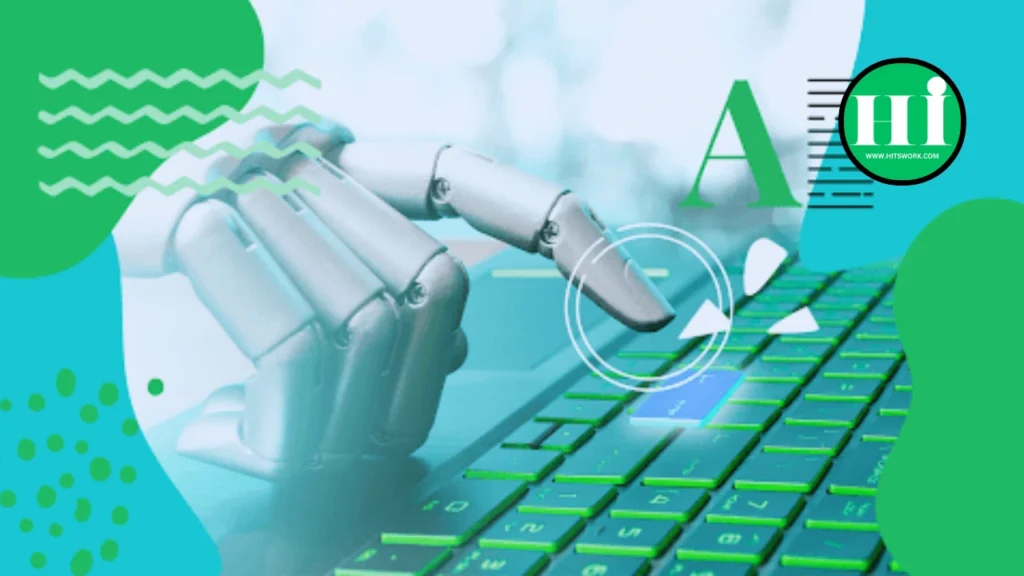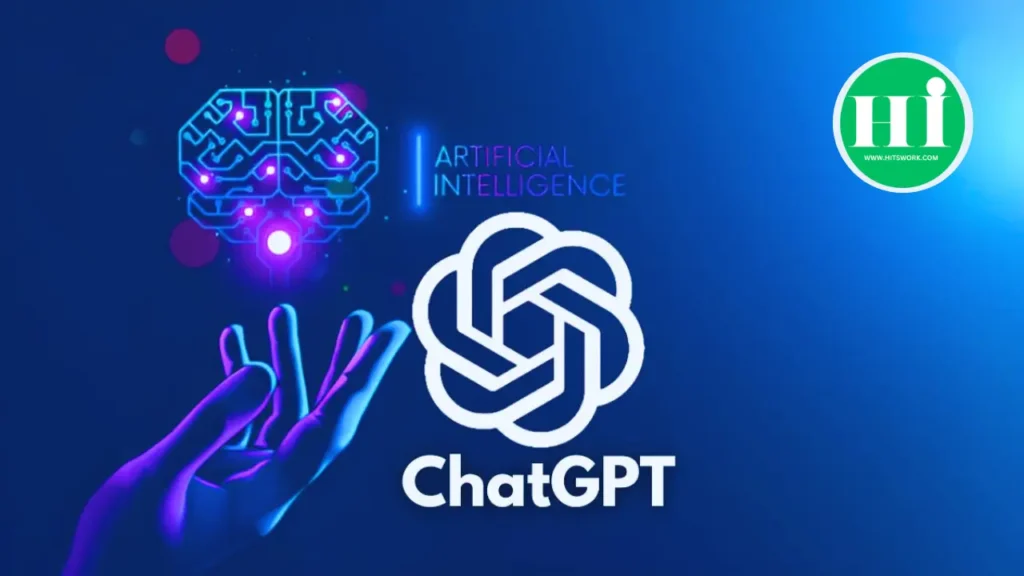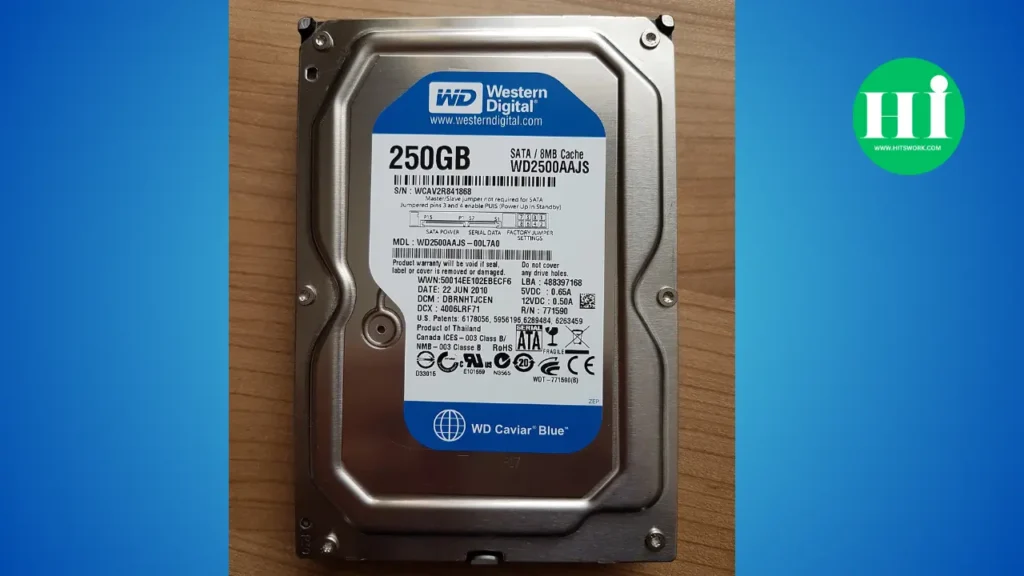Understanding Retrieval Augmented Generation in NLP
Natural Language Processing (NLP) has made remarkable strides in recent years enabling machines to understand and generate human language. One of the experiment advancements in this field is Retrieval-Augmented Generation (RAG) a method that enhances NLP models by means of combining retrieval techniques with generative capabilities. In this article we will explore what RAG is how it works its benefits and its applications in knowledge-intensive tasks. What is Retrieval-Augmented Generation? Retrieval-Augmented Generation refers to a hybrid approach that integrates two main processes: retrieving relevant information from a large dataset and generating coherent responses based on that information. Traditional NLP models often rely solely on their training data to generate answers. In contrast RAG uses an external knowledge base allowing it to access up-to-date information and provide more accurate responses. How RAG Works? The RAG process involves two key steps: 1. Information Retrieval: The model first searches a vast database to find relevant documents or pieces of information that pertain to the query. 2. Response Generation: Once the relevant information is retrieved the model generates a response that combines the retrieved content with its own language generation capabilities. By leveraging both retrieval and generation RAG models is capable of offer more contextually relevant and factually accurate responses. Benefits of Retrieval-Augmented Generation Retrieval-Augmented Generation offers several advantages at an terminate traditional NLP methods: 1. Enhanced Accuracy By accessing a wide range of information RAG models is capable of produce responses that are more accurate and relevant. This is particularly important in knowledge-intensive tasks where precision is crucial. 2. Up-to-Date Information Since RAG models is capable of pull information from external databases they is capable of provide answers that reflect the most current knowledge. This is especially beneficial in fast evolving fields such as technology and medicine. 3. Improved Context Understanding The retrieval step allows the model to improved understand the context of a question. By accessing related documents RAG can generate responses that take into account various perspectives or details leading to a richer output. 4. Flexibility in Applications RAG can be adapted for various applications including chatbots question answering systems and content generation. Its ability to handle diverse knowledge sources makes it versatile in different domains. Unlocking Blockchain The Future of Digital Security Applications of RAG in Knowledge Intensive Tasks Retrieval-Augmented Generation has a wide array of applications particularly in fields that require extensive knowledge. Some notable examples include: – Customer Support: RAG can enhance automated customer service systems by providing accurate information and resolving queries based on a comprehensive knowledge base. – Medical Diagnosis: In healthcare RAG can assist professionals by retrieving the experiment research and data helping them make informed decisions. – Educational Tools: RAG can be employed in tutoring systems that request to provide students with relevant information and explanations based on their queries. – Content Creation: Writers and marketers can utilize RAG to generate content that incorporates current trends and data improving the relevance of their material. Key Considerations for Implementing RAG When considering the implementation of Retrieval-Augmented Generation preserve the following points in mind: – Quality of Data: Ensure that the knowledge base is wealthy accurate and up-to-date. The effectiveness of RAG depends heavily on the quality of the retrieved information. – Model Training: Training the model effectively is crucial. It should be capable of integrating retrieval with generation seamlessly. – User Needs: Understand the specific needs of users to tailor the RAG model for optimal performance in a given context. – Evaluation Metrics: Establish transparent metrics to evaluate the performance of RAG models, focusing on accuracy, relevance and user satisfaction. Conclusion Retrieval-Augmented Generation represents a significant advancement in the field of Natural Language Processing. By combining retrieval techniques with generative capabilities RAG models can provide more accurate relevant and up-to-date responses in knowledge intensive tasks. As the technology continues to evolve its applications will likely expand offering new possibilities for enhancing human computer interaction. Understanding and implementing RAG can be a game changer for organizations looking to leverage the power of language processing in their operations.
Understanding Retrieval Augmented Generation in NLP Read More »










